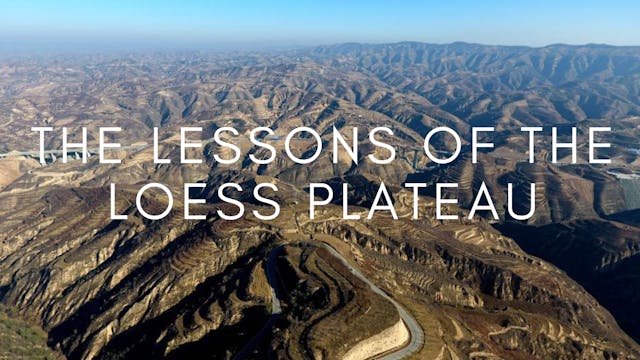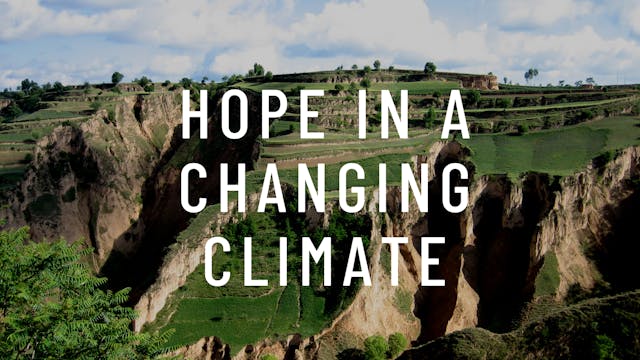In Alashan, a remote region of grassland or steppe in the Mongolian Autonomous Region of China, the desert is growing by 1000 square kilometres per year. Fifty years ago there were 50 springs in the area, three rivers and 800 small lakes.
Today, sand dunes roll across the plain and the springs, rivers and most of the lakes are gone. This Earth Report film travels to Alashan to find out what has gone so drastically wrong over so short a time, and to see what the Chinese authorities and development agencies are doing to draw a line in the sand by John Liu
Up Next in Science: Ages 14-16
-
The Lessons of the Loess Plateau - Jo...
The people of China's Loess Plateau were some of the earliest adopters of settled agriculture, approximately 10,000 years ago. They worked hard and over time built the most accomplished civilisations that the world has ever seen. Their history illustrates the impacts the humans have had on the ea...
-
Hope in a Changing Climate - John Liu
This is China's Loess Plateau, until recently this was one of the most poorest regions in the country. A land renowned for floods, mudslides and famine, but with the fanfare comes the hope of change for the better. They have successfully transforming a baron landscape into a green and fertile one...
-
Regenerative Agriculture
With an estimated 25% of greenhouse gas emissions coming from our food system, rethinking our approach to agriculture is essential if we are to create a sustainable future. By working in harmony with nature, regenerative agriculture can provide more nutritious food at the same time as reducing em...



